MXene Functionalized Kevlar Yarn via Automated, Continuous Dip Coating
Lingyi Bi1,2, William Perry1, Ruocun (John) Wang1, Robert Lord1, Tetiana Hryhorchuk1, Alex Inman1, Oleksiy Gogotsi3, Vitaliy Balitskiy3, Veronika Zahorodna3, Ivan Baginskiy3, Stepan Vorotilo1, Yury Gogotsi1*
1 Department of Materials Science and Engineering, and A. J. Drexel Nanomaterials Institute, Drexel University, Philadelphia, PA 19104, United States
2 Center for Functional Fabrics, Drexel University, Philadelphia, PA 19104, United States
3 Materials Research Center, Kyiv 03680, Ukraine
The rise of the Internet of Things has spurred extensive research on integrating conductive materials into textiles to turn them into sensors, antennas, energy storage devices, and heaters. MXenes, owing to their high electrical conductivity and solution processability, offer an efficient way to add conductivity and electronic functions to textiles through simple dip coating. However, manual development of MXene-coated textiles restricts their quality, quantity, and variety. Here, a versatile automated yarn dip coater tailored for producing continuously high-quality MXene-coated yarns and conducted the most comprehensive MXene-yarn dip coating study to date is developed. Compared to manual methods, the automated coater provides lower resistance, superior uniformity, faster speed, and reduced MXene consumption. It also enables rapid coating parameter optimization, resulting in a thin Ti3C2 coating uniform over a 1 km length on a braided Kevlar yarn while preserving its excellent mechanical properties (over 800 MPa) and adding Joule heating and damage sensing to composites reinforced by the yarns. By dip-coating five different yarns of varying materials, diameters, structures, and chemistries, new insights into MXene-yarn interactions are gained. Thus, the automated dip coating presents ample opportunities for scalable integration of MXenes into a wide range of yarns for diverse functions and applications.
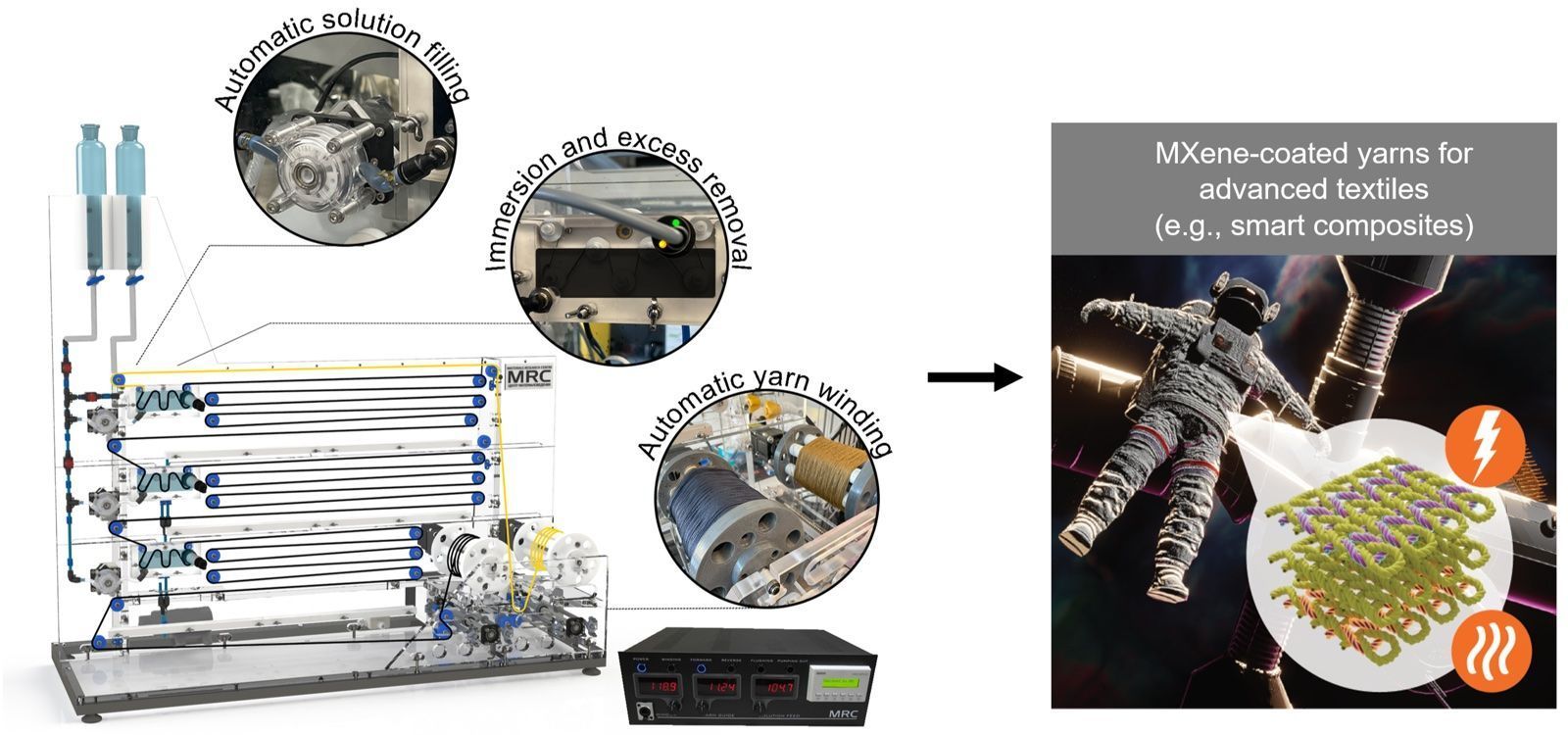
In summary, we designed and built a customized automated yarn dip coater for developing MXene-coated yarns, which can also be used for layer-by-layer coating and application of other nanomaterials.The dip coater enabled acomprehensive parametric study of MXene coating on braided Kevlar yarns and helped find the optimal combinations of MXene concentration, flake size, and drawing speed for strain sensing and Joule heating functions. Our high-throughput dip coater enables the production of a vastlibrary of MXene-functionalized conductive yarns exhibiting diverse physical, electrical, and mechanical properties at low costand high quality. As a result, we anticipate that this developmentwill expedite the research and commercialization of MXene dip-coated yarns for electronic textile applications
Read more: L. Bi, W. Perry, R. J. Wang, R. Lord, T. Hryhorchuk, A. Inman, O. Gogotsi, V. Balitskiy, V. Zahorodna, I. Baginskiy, S. Vorotilo, Y. Gogotsi, MXene Functionalized Kevlar Yarn via Automated, Continuous Dip Coating. Adv. Funct. Mater. 2023, 2312434. https://doi.org/10.1002/adfm.202312434
Related articles:
Oleksiy Gogotsi, Lingui Bi, Veronika Zahorodna, Iryna Roslyk, Ivan Baginskiy, Vitalii Balitskiy, Oksana Peschanska, Serhii Dukhnovskiy, Leonid Yaremenko, Stanislav Stankevich, Andrey Aniskevich, Yury Gogotsi. Scaling up of the MXene Dip-Coated Yarns production process for smart textiles, wearable electronics and structural monitoring and damage diagnostics. 24th Annual Conference on Material Science, Herceg Novi, Montenegro, September 4-8, 2023



 Highlights
Highlights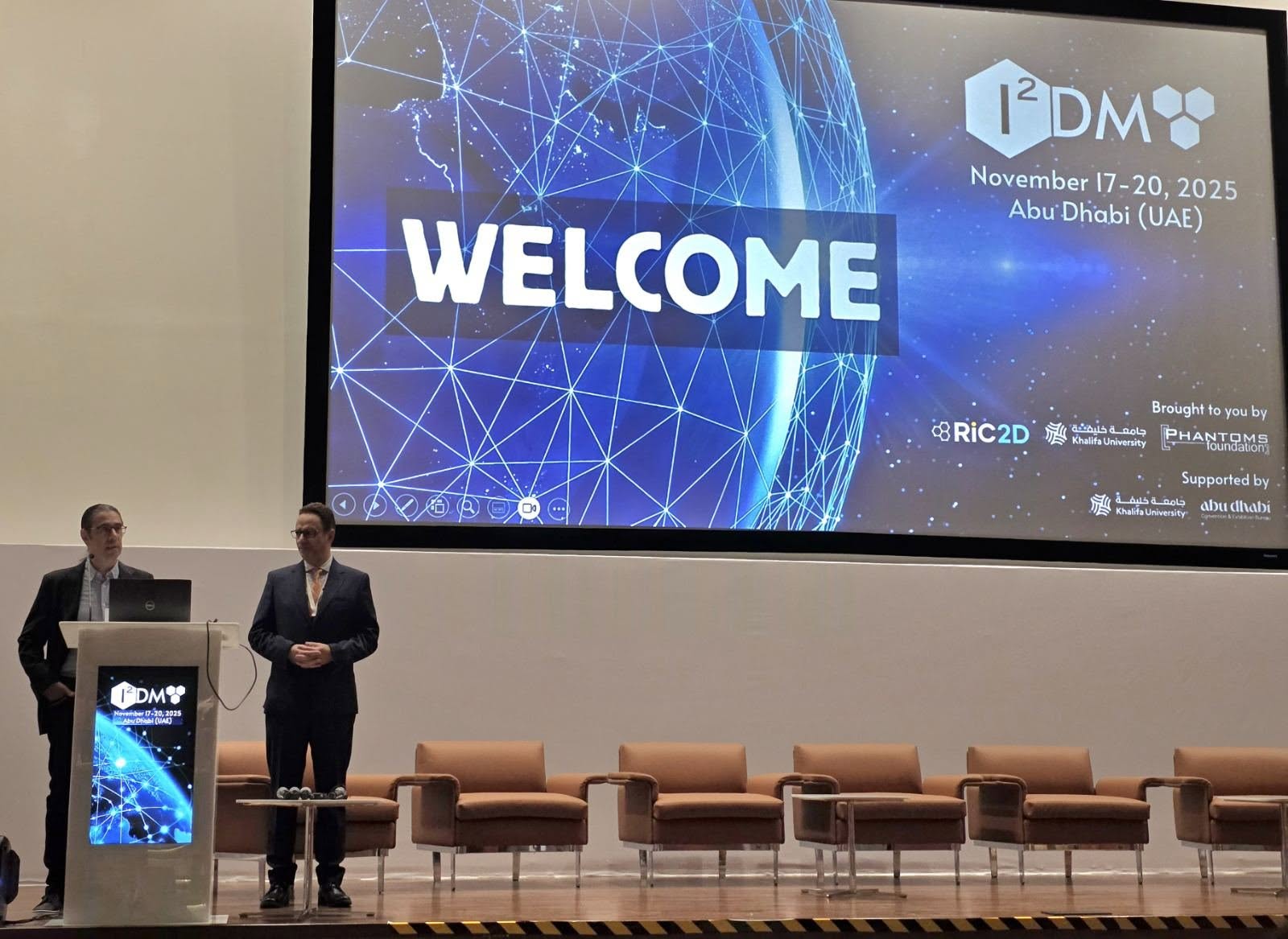 We are excited to share that our Carbon-Ukraine (Y-Carbon LLC) company participated in the I2DM Summit and Expo 2025 at Khalifa University in Abu-Dhabi! Huge thanks to Research & Innovation Center for Graphene and 2D Materials (RIC2D) for hosting such a high-level event.It was an incredible opportunity to meet brilliant researchers and innovators working on the next generation of 2D materials. The insights and energy from the summit will definitely drive new ideas in our own development.
We are excited to share that our Carbon-Ukraine (Y-Carbon LLC) company participated in the I2DM Summit and Expo 2025 at Khalifa University in Abu-Dhabi! Huge thanks to Research & Innovation Center for Graphene and 2D Materials (RIC2D) for hosting such a high-level event.It was an incredible opportunity to meet brilliant researchers and innovators working on the next generation of 2D materials. The insights and energy from the summit will definitely drive new ideas in our own development. Carbon-Ukraine team had the unique opportunity to visit XPANCEO - a Dubai-based deep tech startup company that is developing the first smart contact lenses with AR vision and health monitoring features, working on truly cutting-edge developments.
Carbon-Ukraine team had the unique opportunity to visit XPANCEO - a Dubai-based deep tech startup company that is developing the first smart contact lenses with AR vision and health monitoring features, working on truly cutting-edge developments. Our Carbon-Ukraine team (Y-Carbon LLC) are thrilled to start a new RIC2D project MX-Innovation in collaboration with Drexel University Yury Gogotsi and Khalifa University! Amazing lab tours to project collaborators from Khalifa University, great discussions, strong networking, and a wonderful platform for future collaboration.
Our Carbon-Ukraine team (Y-Carbon LLC) are thrilled to start a new RIC2D project MX-Innovation in collaboration with Drexel University Yury Gogotsi and Khalifa University! Amazing lab tours to project collaborators from Khalifa University, great discussions, strong networking, and a wonderful platform for future collaboration.
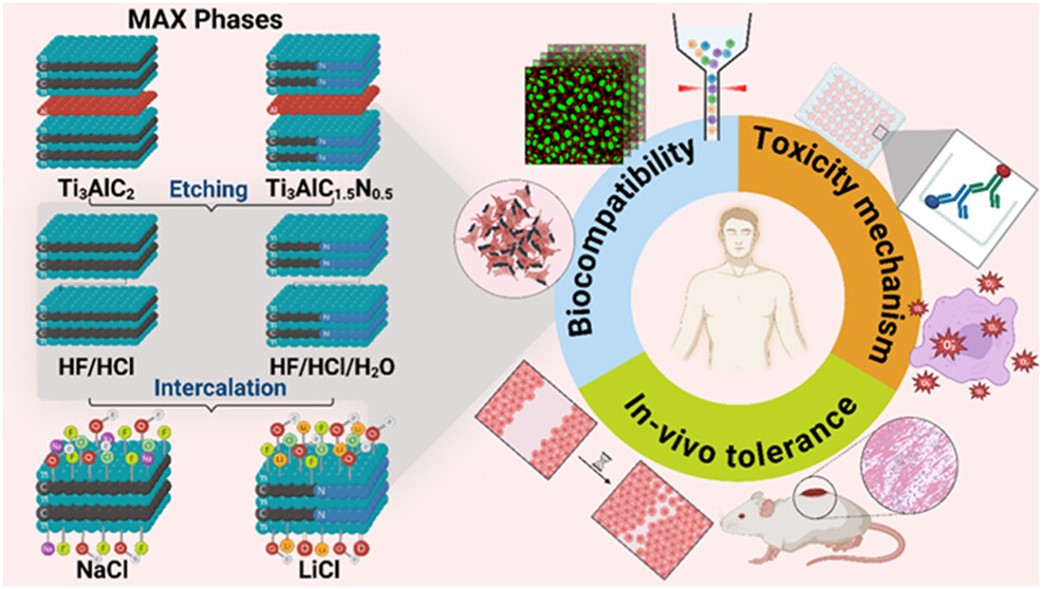 MXenes potential applications include sensors, wound healing materials, and drug delivery systems. A recent study explored how different synthesis methods affect the safety and performance of MXenes. By comparing etching conditions and intercalation strategies, researchers discovered that fine-tuning the surface chemistry of MXenes plays a crucial role in improving biocompatibility. These results provide practical guidelines for developing safer MXenes and bring the field one step closer to real biomedical applications.
MXenes potential applications include sensors, wound healing materials, and drug delivery systems. A recent study explored how different synthesis methods affect the safety and performance of MXenes. By comparing etching conditions and intercalation strategies, researchers discovered that fine-tuning the surface chemistry of MXenes plays a crucial role in improving biocompatibility. These results provide practical guidelines for developing safer MXenes and bring the field one step closer to real biomedical applications. An excellent review highlighting how MXene-based sensors can help tackle one of today’s pressing environmental challenges — heavy metal contamination. Excited to see such impactful work moving the field of environmental monitoring and sensor technology forward!
An excellent review highlighting how MXene-based sensors can help tackle one of today’s pressing environmental challenges — heavy metal contamination. Excited to see such impactful work moving the field of environmental monitoring and sensor technology forward!
 Carbon-Ukraine team was truly delighted to take part in the kickoff meeting of the ATHENA Project (Advanced Digital Engineering Methods to Design MXene-based Nanocomposites for Electro-Magnetic Interference Shielding in Space), supported by NATO through the Science for Peace and Security Programme.
Carbon-Ukraine team was truly delighted to take part in the kickoff meeting of the ATHENA Project (Advanced Digital Engineering Methods to Design MXene-based Nanocomposites for Electro-Magnetic Interference Shielding in Space), supported by NATO through the Science for Peace and Security Programme.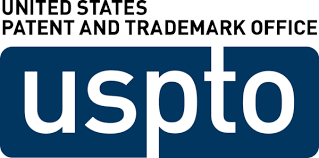 Exellent news, our joint patent application with Drexel University on highly porous MAX phase precursor for MXene synthesis published. Congratulations and thanks to all team involved!
Exellent news, our joint patent application with Drexel University on highly porous MAX phase precursor for MXene synthesis published. Congratulations and thanks to all team involved! Our team was very delighted to take part in International Symposium "The MXene Frontier: Transformative Nanomaterials Shaping the Future" – the largest MXene event in Europe this year!
Our team was very delighted to take part in International Symposium "The MXene Frontier: Transformative Nanomaterials Shaping the Future" – the largest MXene event in Europe this year!  Last Call! Have you submitted your abstract for IEEE NAP-2025 yet? Join us at the International Symposium on "The MXene Frontier: Transformative Nanomaterials Shaping the Future" – the largest MXene-focused conference in Europe this year! Final Submission Deadline: May 15, 2025. Don’t miss this exclusive opportunity to showcase your research and engage with world leaders in the MXene field!
Last Call! Have you submitted your abstract for IEEE NAP-2025 yet? Join us at the International Symposium on "The MXene Frontier: Transformative Nanomaterials Shaping the Future" – the largest MXene-focused conference in Europe this year! Final Submission Deadline: May 15, 2025. Don’t miss this exclusive opportunity to showcase your research and engage with world leaders in the MXene field!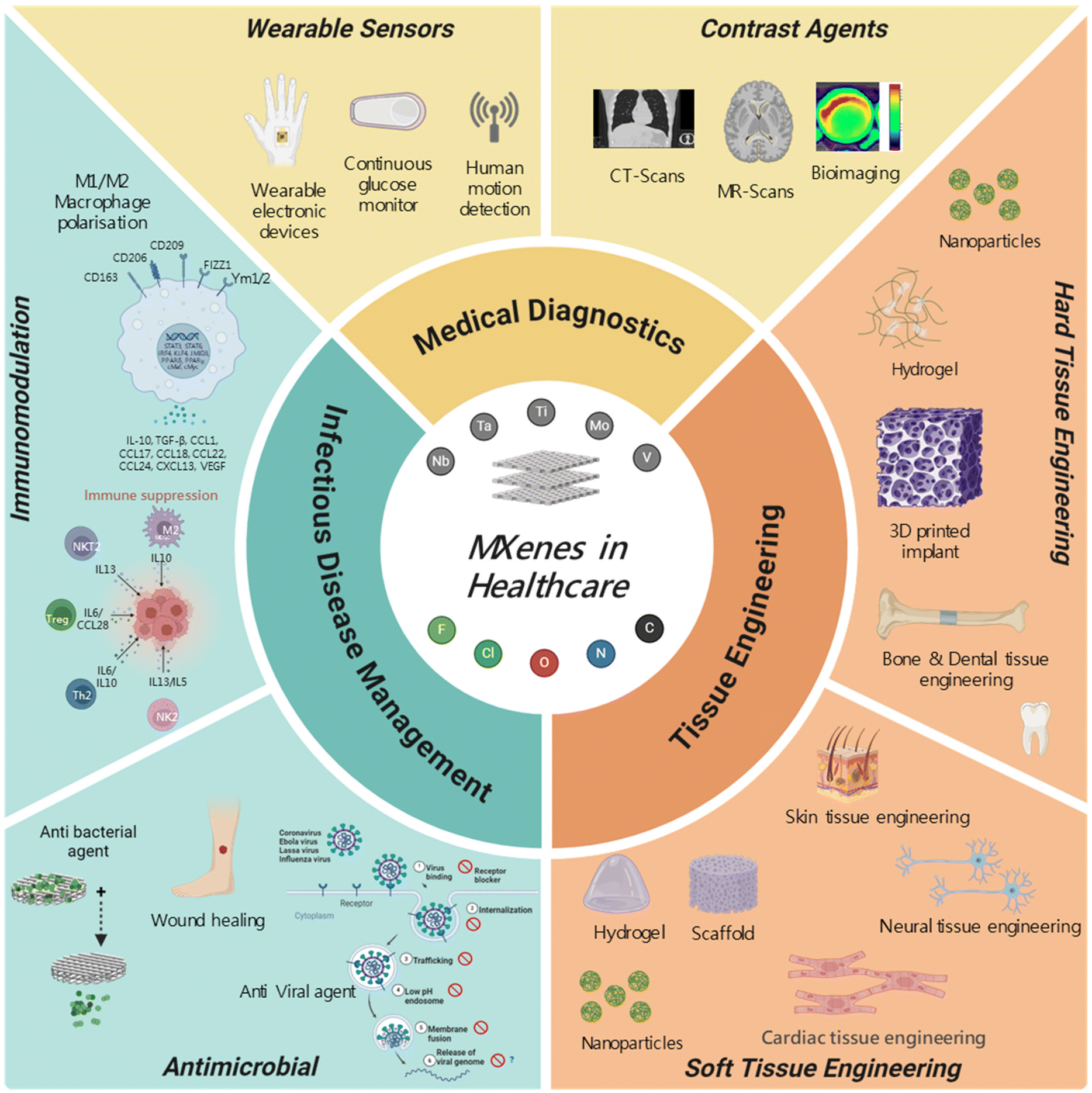 We are excited to announce the publication of latest review article on MXenes in Healthcare. This comprehensive review explores the groundbreaking role of MXenes—an emerging class of 2D materials—in revolutionizing the fields of medical diagnostics and therapeutics. Read the full article here: https://doi.org/10.1039/D4NR04853A.
We are excited to announce the publication of latest review article on MXenes in Healthcare. This comprehensive review explores the groundbreaking role of MXenes—an emerging class of 2D materials—in revolutionizing the fields of medical diagnostics and therapeutics. Read the full article here: https://doi.org/10.1039/D4NR04853A. Congratulations and thank you to our collaborators from TU Wien and CEST for very interesting work and making it published! In this work, an upscalable electrochemical MXene synthesis is presented. Yields of up to 60% electrochemical MXene (EC-MXene) with no byproducts from a single exfoliation cycle are achieved.
Congratulations and thank you to our collaborators from TU Wien and CEST for very interesting work and making it published! In this work, an upscalable electrochemical MXene synthesis is presented. Yields of up to 60% electrochemical MXene (EC-MXene) with no byproducts from a single exfoliation cycle are achieved. Congratulations to all collaborators with this interesting joint work!
Congratulations to all collaborators with this interesting joint work!